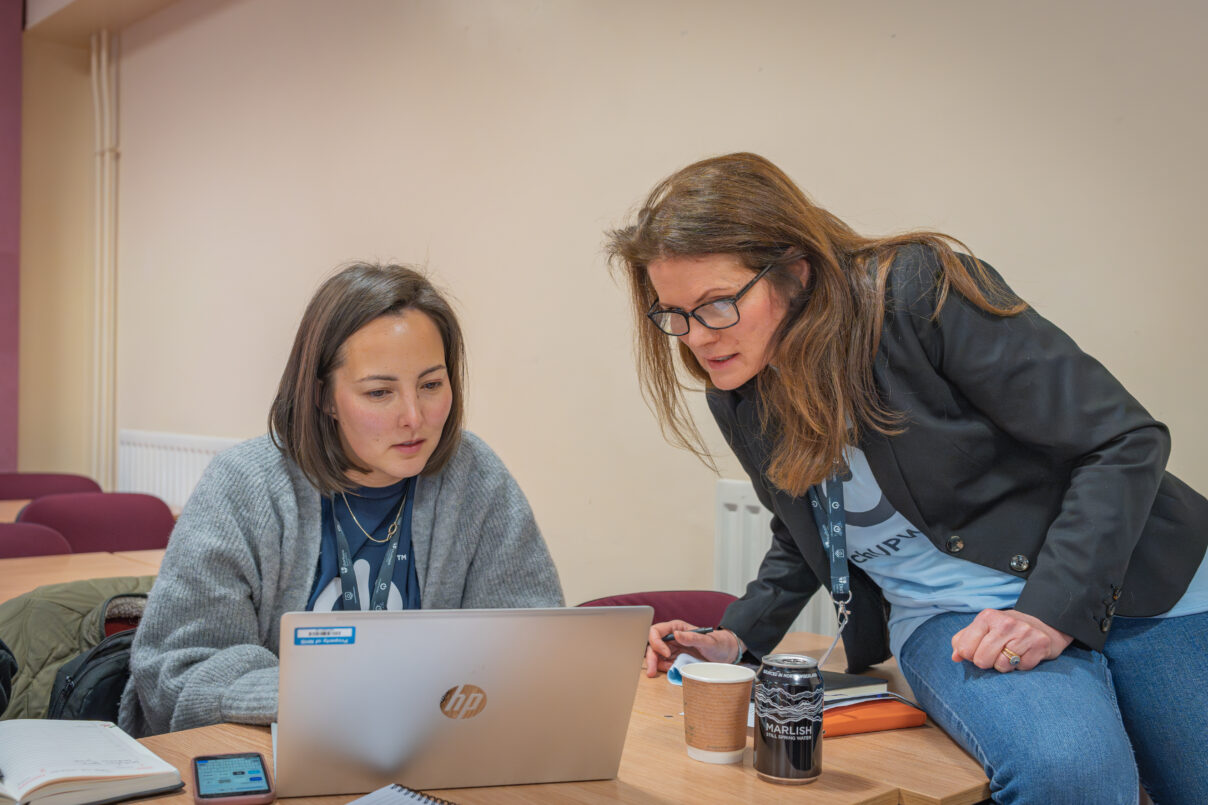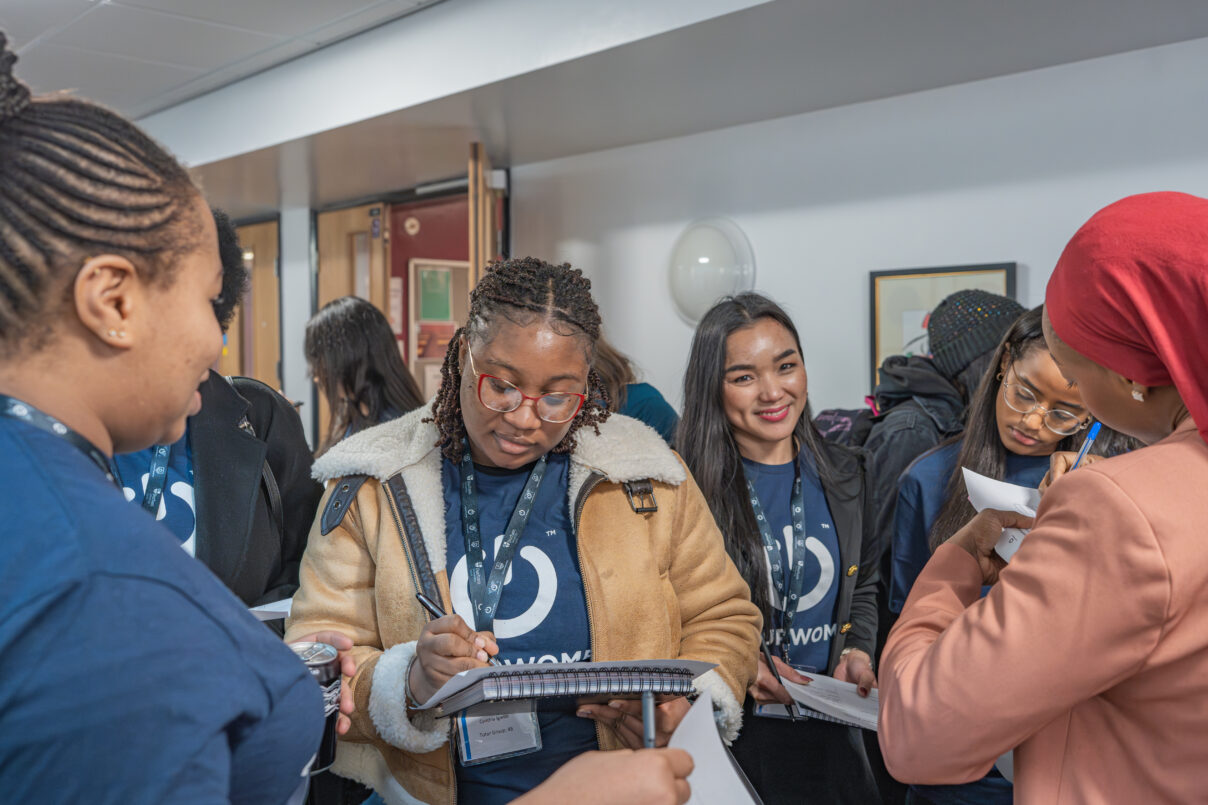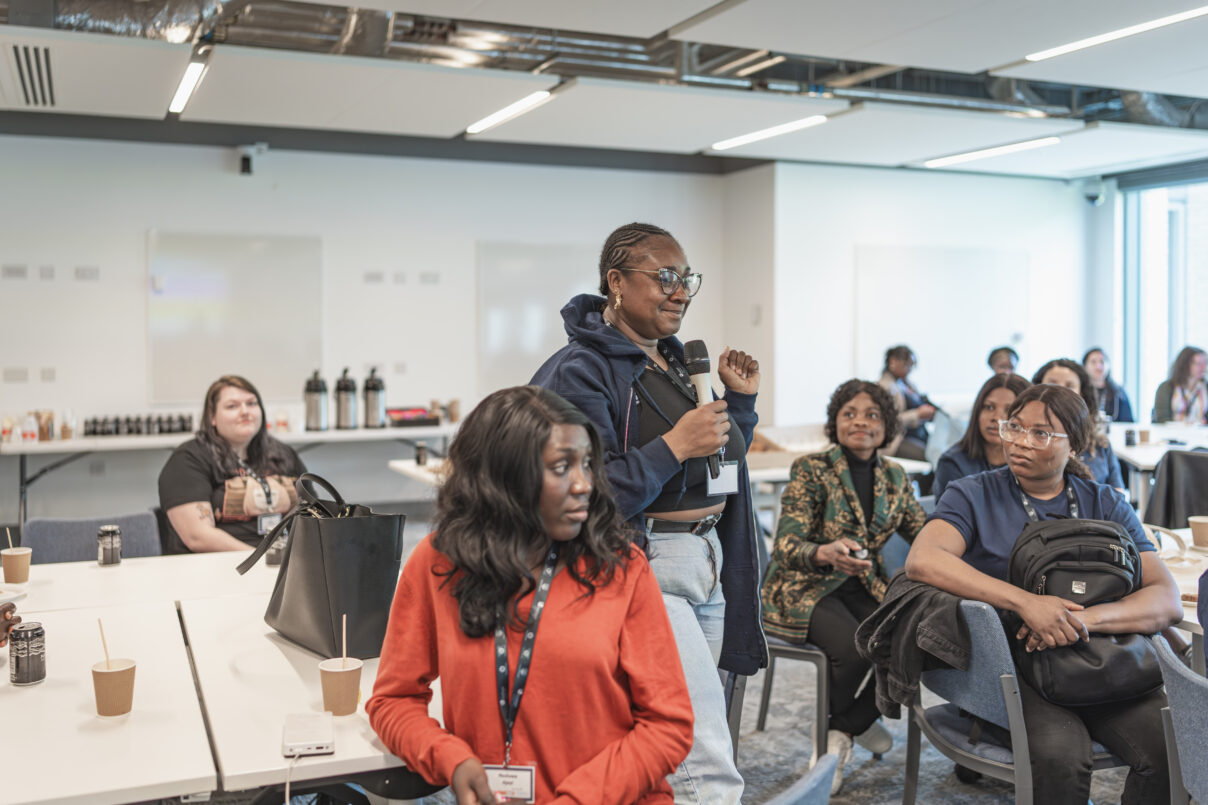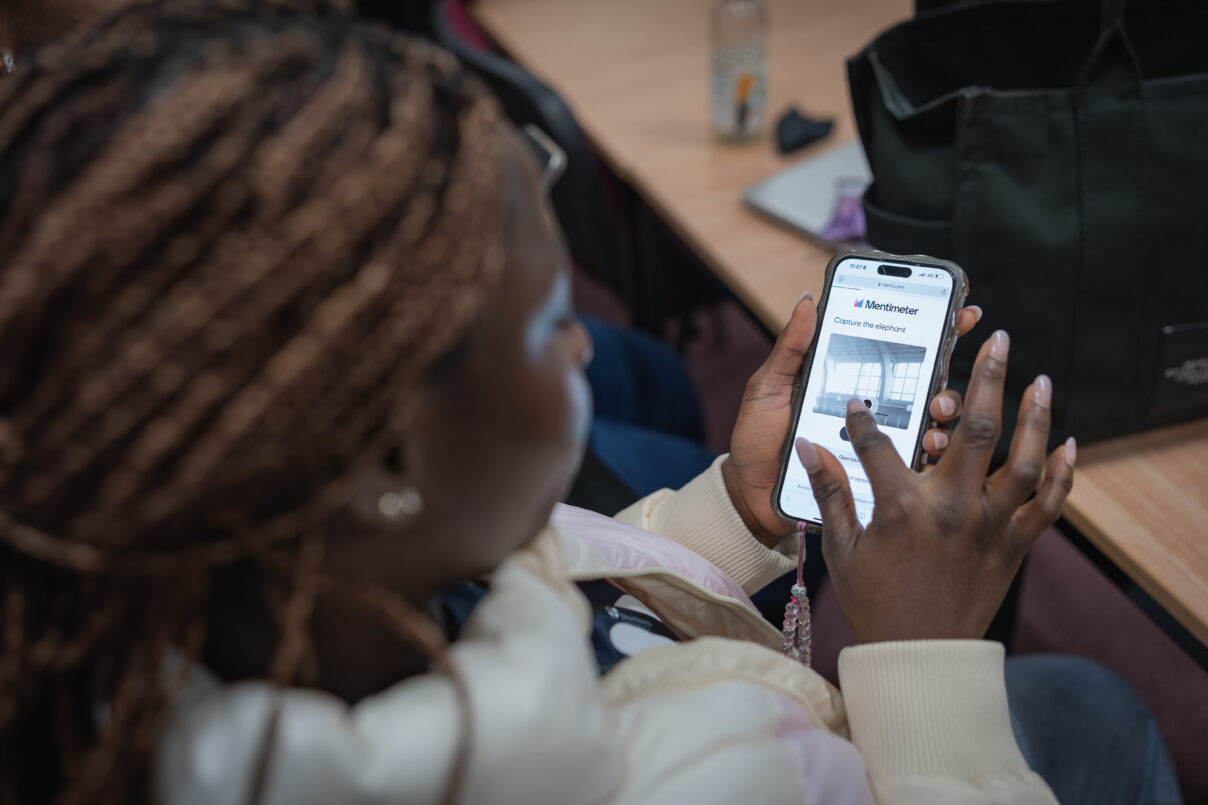Why Collaboration is a Crucial Soft Skill in tech (and how to master it)
Blog by Dr Paula Beer, Educational Consultant, Academic and TechUP Tutor.
I’ve worked in hospitals, a newspaper, schools and universities and being part of the team has always been very important to me. More recently, as an independent education consultant working often online with subcontractors and clients, collaboration has taken on more nuance but it’s nonetheless important and enjoyable. Early in your career it may be difficult to navigate how to collaborate effectively.

When we talk about learning and collaboration within a work setting, one of the most cited books is “Communities of Practice” (Lave & Wenger, 1998) which details how individuals work together and learn from one another in these communities.
The main collaboration-relevant takeaways from Lave and Wenger are that knowledge is created and shared through doing, observing, and interacting in real-life settings. In addition, the members have a shared domain, their community is the relationships that they share and their practice is characterised by a shared repertoire of tools, language, stories and routines. So, bearing all of these things in mind, how do we develop the skill of collaboration in our work communities?
What does collaboration actually look like in tech?
It could be broken down into a few subheadings:
- Recognising other people’s individuality and work processes
- Achieving two way communication
- Learning from one another and crediting colleagues for their accomplishments
- Using tech itself to share resources, plans and progress
I’ll go through each subheading one by one, bearing in mind that these are not hard and fast rules for success, they’re suggestions for you to reflect upon.
1. Recognising other people’s individuality and work processes

What do you know about the people you work with? It does take a while to get to know a group. You may well have heard of Forming, Storming, Norming, Performing, a term coined by Bruce Tuckman in 1965.
It means that when groups come together or welcome new members they form (Forming), then there may be a period of conflict when things aren’t working so well and they are getting to know each other and how they work (Storming), then they hit a rhythm of understanding and working with each other moderately well (Norming) and lastly, if the will is there, they learn to work really well together (Performing).
The cycle can certainly repeat if there is a change of work, personnel or location but ultimately it takes intention, time, patience and awareness to get to the desired Performing state.
2. Two way communication
Most questions need an answer. How do we get the level of communication right for the group? When do we copy the group into an email, who do we invite to meetings?

A general rule could be, if something is emailed just to you it definitely requires an answer. The answer might just be a thumbs up emoji but it needs something, even if it’s “I’ll have to find out and get back to you by Thursday”. Then if a group is emailed, you need to consider whether that acknowledgement or input is needed or whether the email is just for information.These are only things that you can absorb in an individual company and are part of the culture of that organisation.
The definition of culture as “the way we do things around here” is quite a useful one in this context. So, watch and learn, what are your colleagues doing and is it working well?
3. Learning from one another and crediting colleagues for their accomplishments
Have you heard of Belbin’s team roles? The purpose of it is to describe the various strengths and weaknesses of nine different types of team roles and to encourage the establishment of balanced teams. So, an example would be The Shaper who is challenging and dynamic and thrives on pressure but is also known to offend other people’s feelings. Then there is The Teamworker who is cooperative, mild, perceptive and diplomatic but can be indecisive in crunch situations. It is based on extensive research and despite attracting some criticism for being oversimplified, it provides actionable insights to transform the way teams work together.
It may be worth doing some reading and study to understand which of these roles most matches your way of being. This could also help you develop your weaknesses to attain more balance across the categories and help you understand your colleagues more, leading to better understanding and appreciation in a team. One additional practical step to better collaboration is to give credit where it is due.
Always, always credit colleagues for their ideas or actions and thank them. It’ll come back to you tenfold!
4. Using tech itself to share resources, plans and progress
This is one very practical area that you can certainly improve your skills in. This can look different depending on the role but there are some great tools that you can use to collaborate. Tech people love names….cool names, funny names, clever names. I think it comes from the fact that many people in tech really enjoy it and it becomes part of their identity.

So, to work in tech it’s good to be across what the names of the different products are…oh and it changes all the time, so keep up! The tools that I will outline here are: Github, Slack and Trello, although there are many more. What is useful, is to have experienced it yourself, be able to mention that on your CV and be willing and able to adapt to a new tool.
- Let’s start with Github: Github is a very widely used web-based platform for version control and collaboration. It allows developers to store code, track changes, manage projects, and work together efficiently on software development and other projects. If you really wanted to practise it you could use it for your personal development journey by tracking your progress, updating your CV etc.
- Next up is Slack. Slack is a messaging platform for teams, enabling real-time communication, file sharing, and integration, with tools to streamline collaboration and productivity. If you don’t already have a Slack account you can start one with your Google account and practise using it.
- Lastly, another great tool for collaboration is Trello. Trello is a visual project management tool that helps individuals and teams organise tasks using boards, lists, and cards. It supports collaboration, tracking progress, and managing workflows easily and flexibly.
A final word
A final word here about what distinguishes you from others in relation to collaboration. Are you enjoyable to work with? Some people say that you shouldn’t think about getting a great partner but more about being a great partner. It’s the same in work, what type of person do you like working with? Be like them! This also brings us on to the tech-related issue of Artificial Intelligence. Some estimates are that AI will remove or at least alter many entry level jobs. Perhaps your ability to embrace the soft skill of collaboration will be what sets you apart from your AI competitor!
In a podcast entitled “Is AI about to steal your job?” two Guardian journalists discussed Dario Amodei’s (Chief Executive of Anthropic) contention that AI is set to lead to the disappearance of many entry level jobs. When asked by his fellow journalist (Michael Safi) what he was doing to prepare for the impact of AI, the journalist Chris Stokel-Walker replied “I am trying to double down on learning what makes me unique and what can’t be automated, while at the same time harnessing the stuff that can be automated”. I am sure that better knowledge and genuine connection forged through great collaboration in tech comes under that heading.
